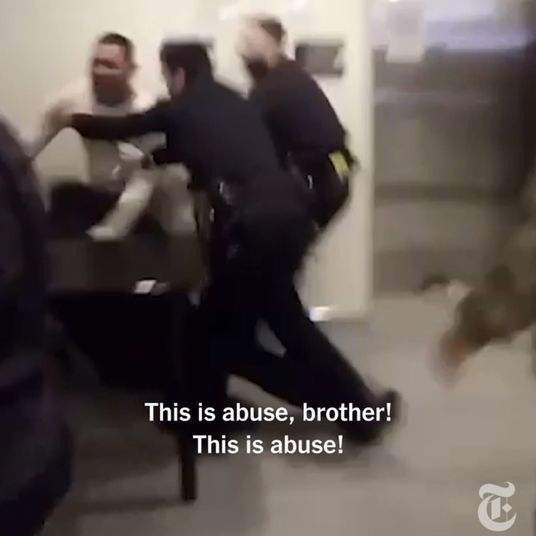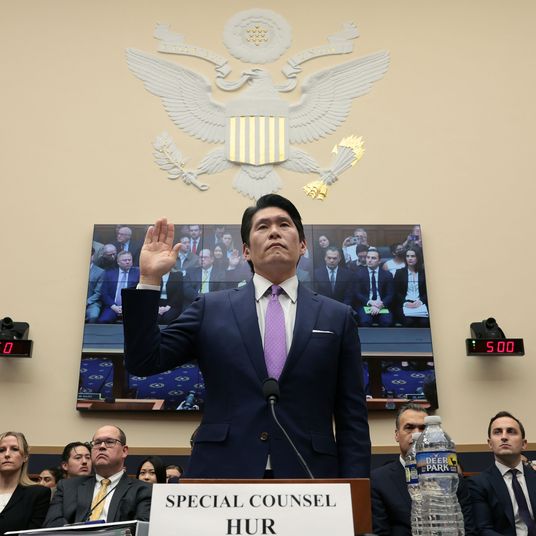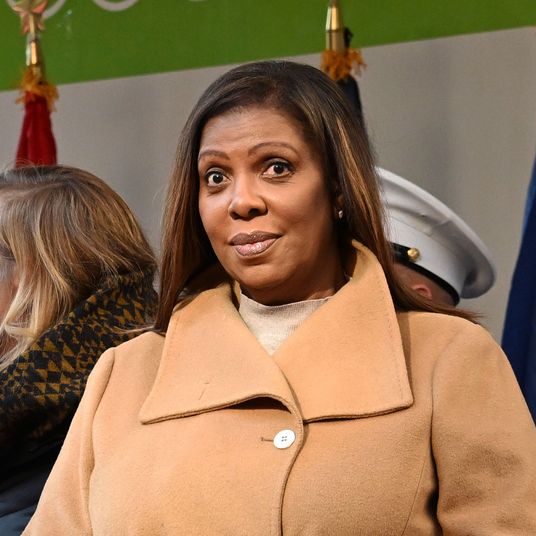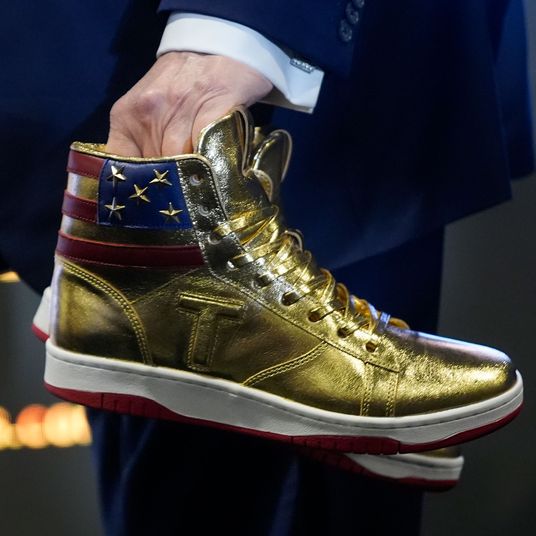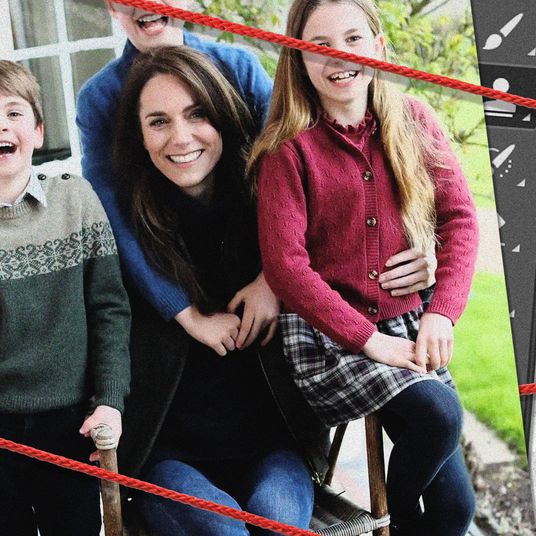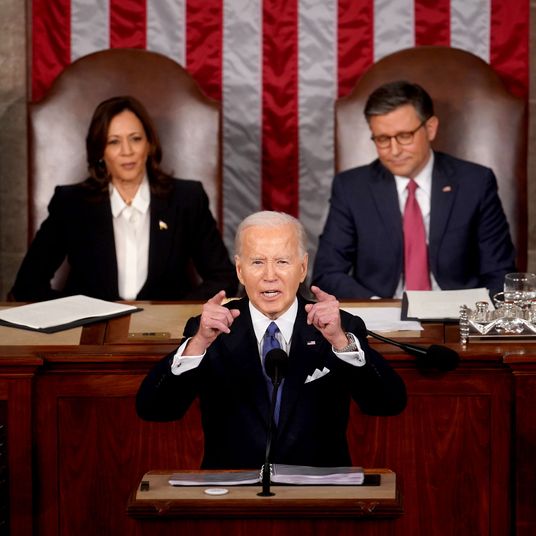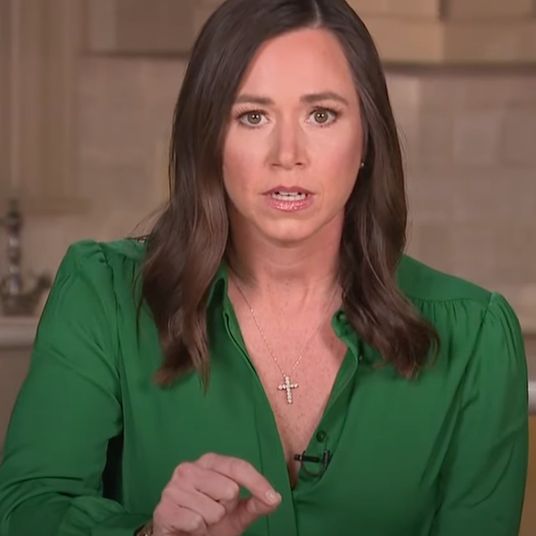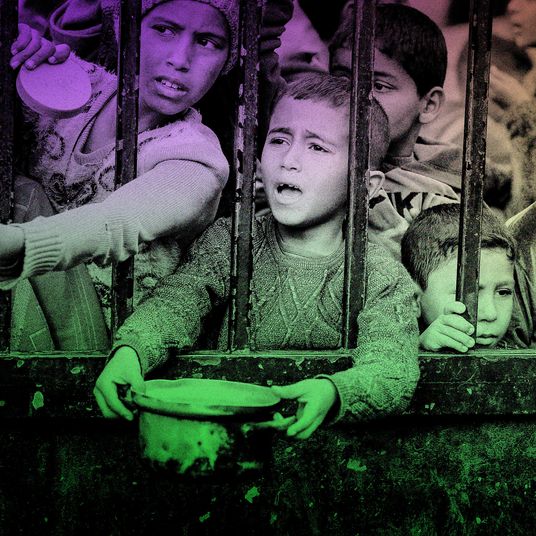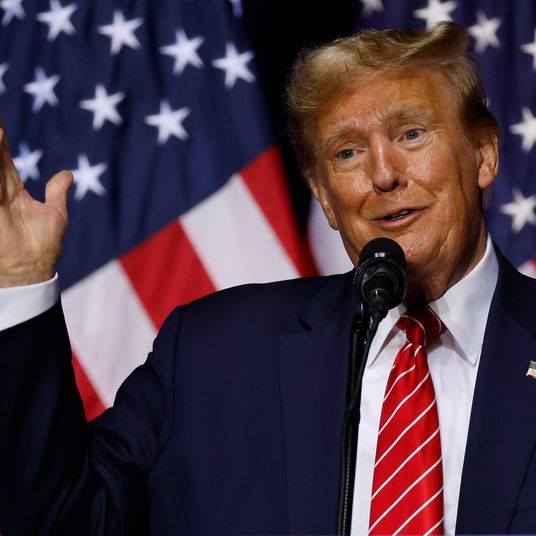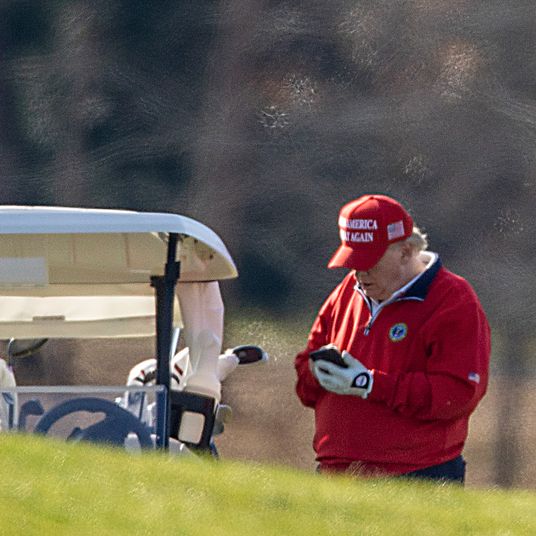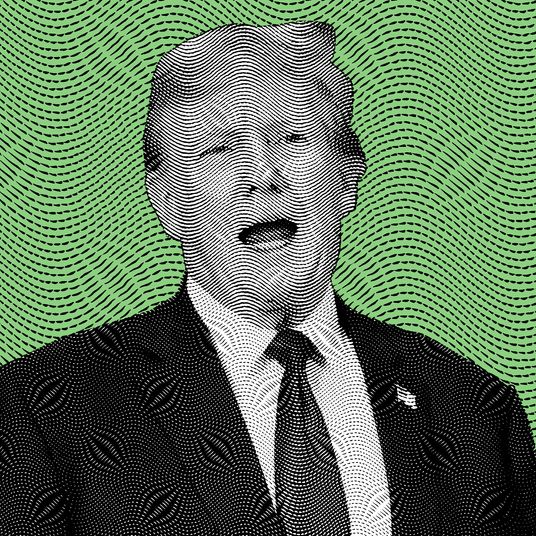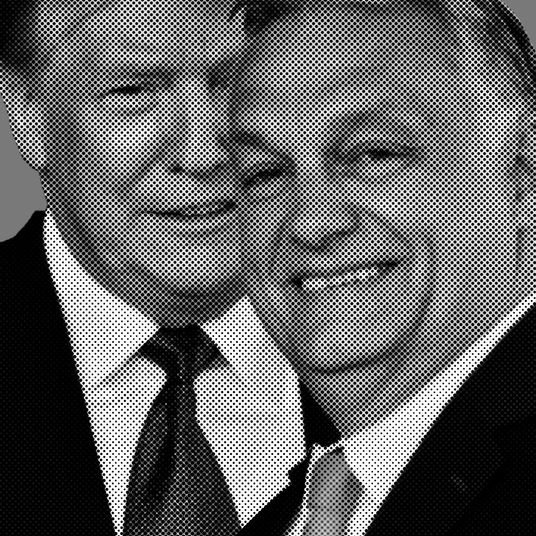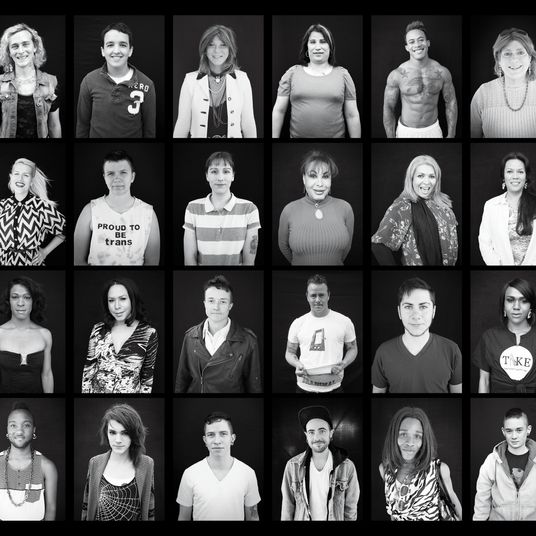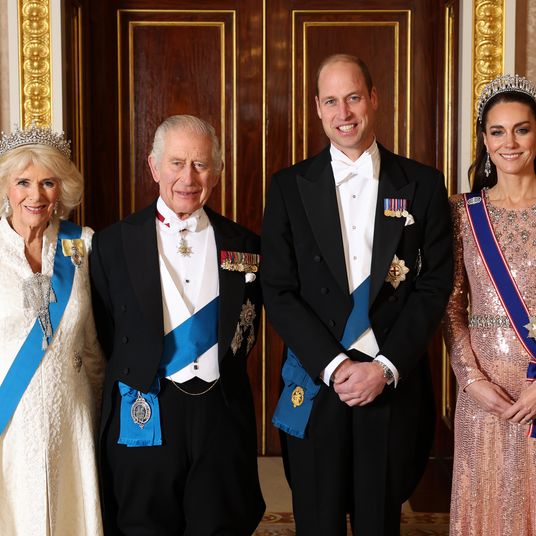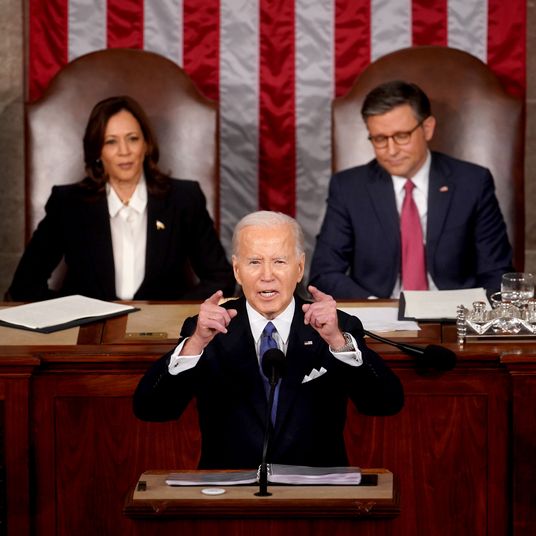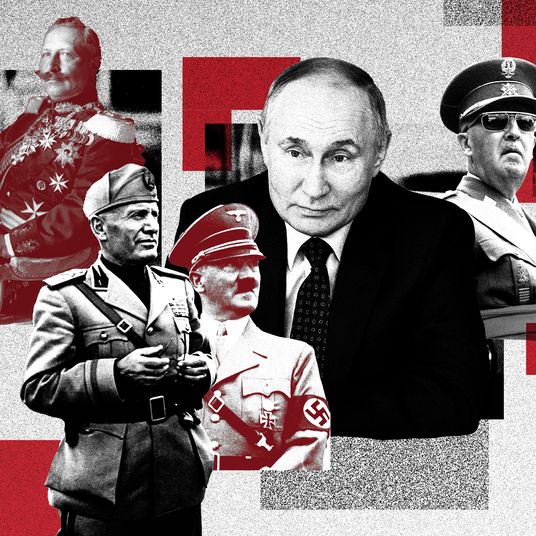The wildfire that has killed at least 55 people in Maui appeared to come out of nowhere. Thanks to high winds exacerbated by a hurricane traveling hundreds of miles south of Hawaii, a fire sparked on dry grasslands moved at tremendous speeds across the island, causing thousands of people to evacuate and some residents of the destroyed town of Lahaina to jump into the harbor for safety. While the blaze is already one of the deadliest wildfires in U.S. history — with the death toll expected to rise as recovery efforts continue — the conditions for such an event could be common in many areas not normally considered prone to fire. I spoke with Dr. Nick Bond, the state climatologist for Washington, to understand the dangers at hand.
What are some risk factors that can create such a devastating wildfire like the one on Maui?
I think it’s really important to think about two different timescales: There’s the event itself and the precursor conditions. The precursor conditions generally involve longer-term impacts — dryer, hotter weather that dries out the landscape and sets the stage so that when a wind event comes around, the fire tends to be that much more extreme.
With the fires on Maui, it has been dry recently, but those precursor conditions developed relatively rapidly. In some parts of the world, it would take months or seasons to get the landscape primed for a big event. What has happened in Hawaii is that those conditions developed relatively quickly compared to some spots.
What risks are unique to grassland fires?
It depends on your fuels. Grasses can dry out a lot faster than big trees. What really made the fires bad was the grasses having dried out quickly. And those grasslands are especially dangerous because their fires can advance really quickly. A forest-fire rule of thumb is that the fire front moves at about one-tenth of the wind speed, but grassland fires are a lot faster than that.
You don’t have to wait for a tree to catch on fire and then have the embers be lofted up and new fires set ahead. It’s a process for forest fires. But with grasslands, the fire can advance almost as fast as the wind.
Wind gusts on the island were ranging from 45 to 65 miles per hour. What happens when a grass fire is fueled by such strong gusts?
It’s basically wind events that are associated with these really large damaging fires. What’s tricky in that respect is that those are basically random weather events, more or less.
In Maui, there’s the role of the hurricane, which is well south of the Hawaiian islands. We see hurricanes in the eastern north Pacific more often during El Niño patterns, as there’s warmer water there. The hurricanes are able to stay strong as they move generally toward the west; they maintain their intensity somewhat farther during the El Niño conditions. That has been the case, and my point here is that, to an extent, there may be some factors we should be considering to figure out just what the potential predictability is so we can better anticipate the potential for these kinds of events. That’s a long-winded way of saying the El Niño event that is in place now was probably indirectly a factor in that it influenced the hurricane that caused the big winds in Hawaii.
When conditions are ripe for a really dry landscape and there’s plenty of fuel and you have a wind event, you’re really limited in how well you can fight those fires. You can certainly put resources into trying to save structures and keeping people out of harm’s way, but when the wind is going, get out of the way.
Are the conditions for a dangerous blaze found in any regions that aren’t thought of by the public as being prone to wildfires? I’m thinking of places like Maui or the grass and brush fire in Boulder in December 2021.
Regarding that Boulder fire, the thing that got people’s attention was the time of year it occurred. We know there can be some fierce winds coming off the Rockies there, but there was the impression that it was just too cold or wasn’t dry enough for serious fires.
On the latest drought maps, there are fairly serious drought conditions in parts of Texas and in the southern Great Plains. Those are going to be more grassland-type fires.
I’m not sure how much it’s on the radar, but another spot people think is pretty wet but definitely has fire problems is Florida. Their wet season in most parts of the state is in the summer, so it’s at the end of the winter that they’re really prone to that.
As the word pyrocene becomes more common, what are people still failing to understand about wildfires?
Fires are part of our landscape. They’re going to continue to occur, so we have to be mindful of where we’re putting our homes and other assets. The development in the west in the urban-wildland transition zone is something we have to ask, Do we really want to keep doing that? Where the people are is where the valuable property is. It doesn’t seem to make sense to encourage growth in areas that are prone to these fires. It makes them harder to fight, and you have to fight them a different way if you’re going to keep people out of harm’s way and save their houses rather than try to slow the fire itself.
This interview has been edited for clarity.




